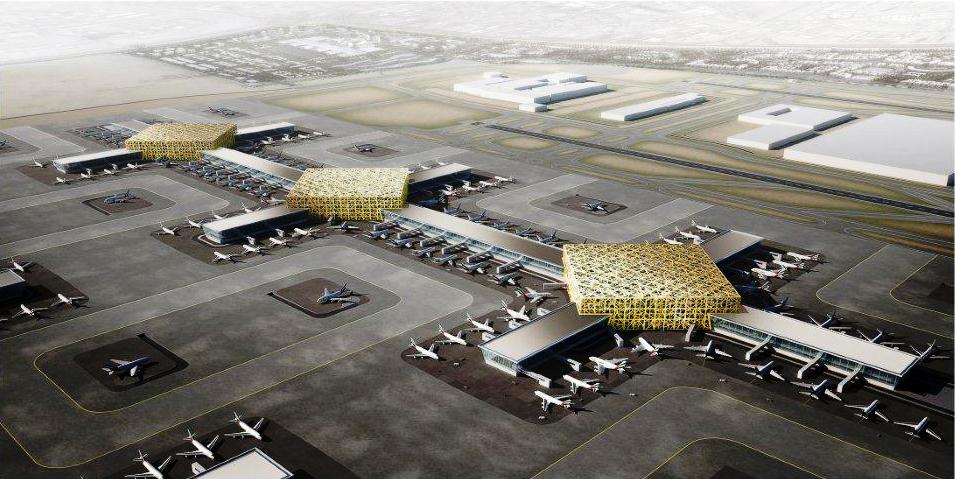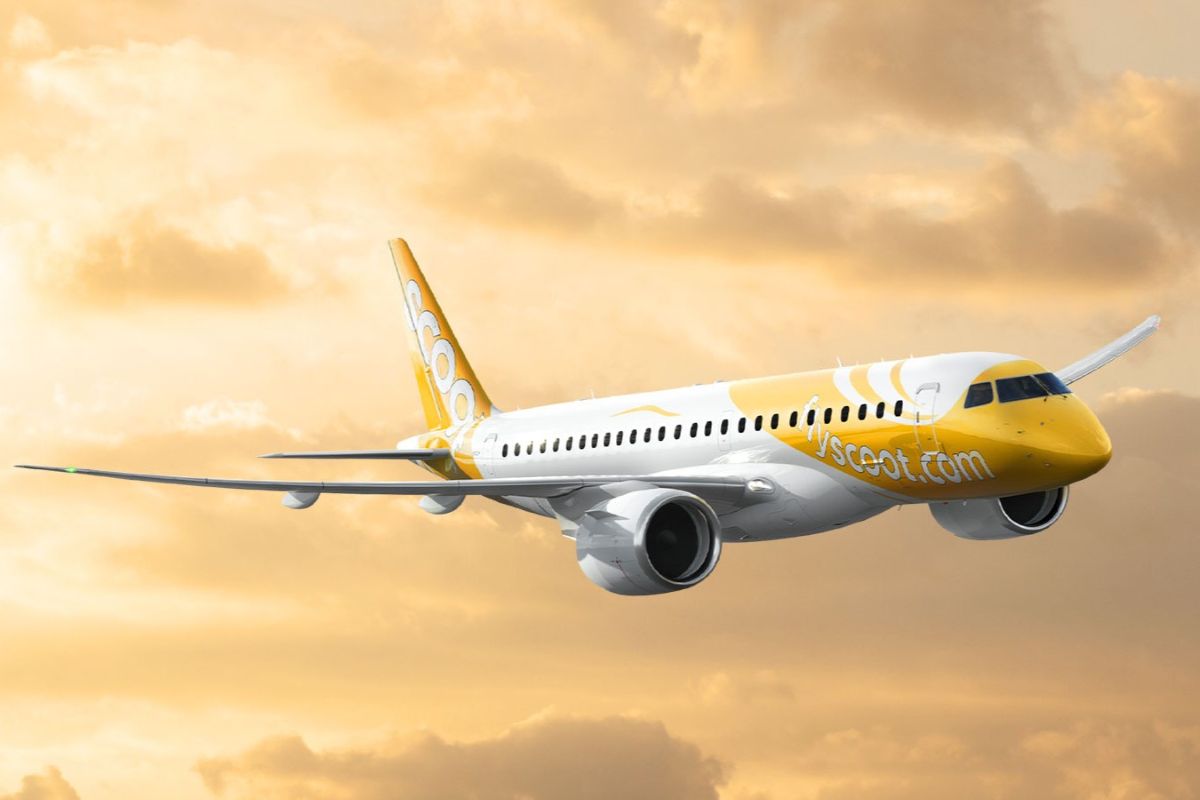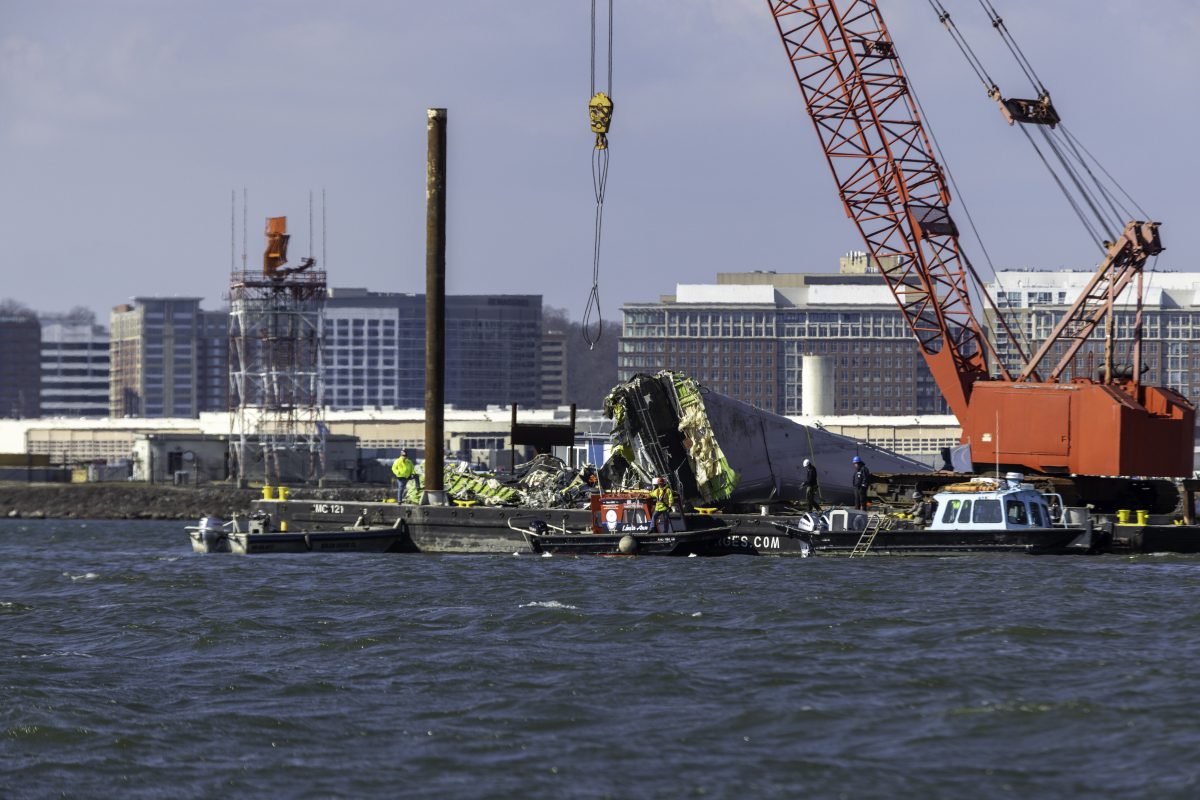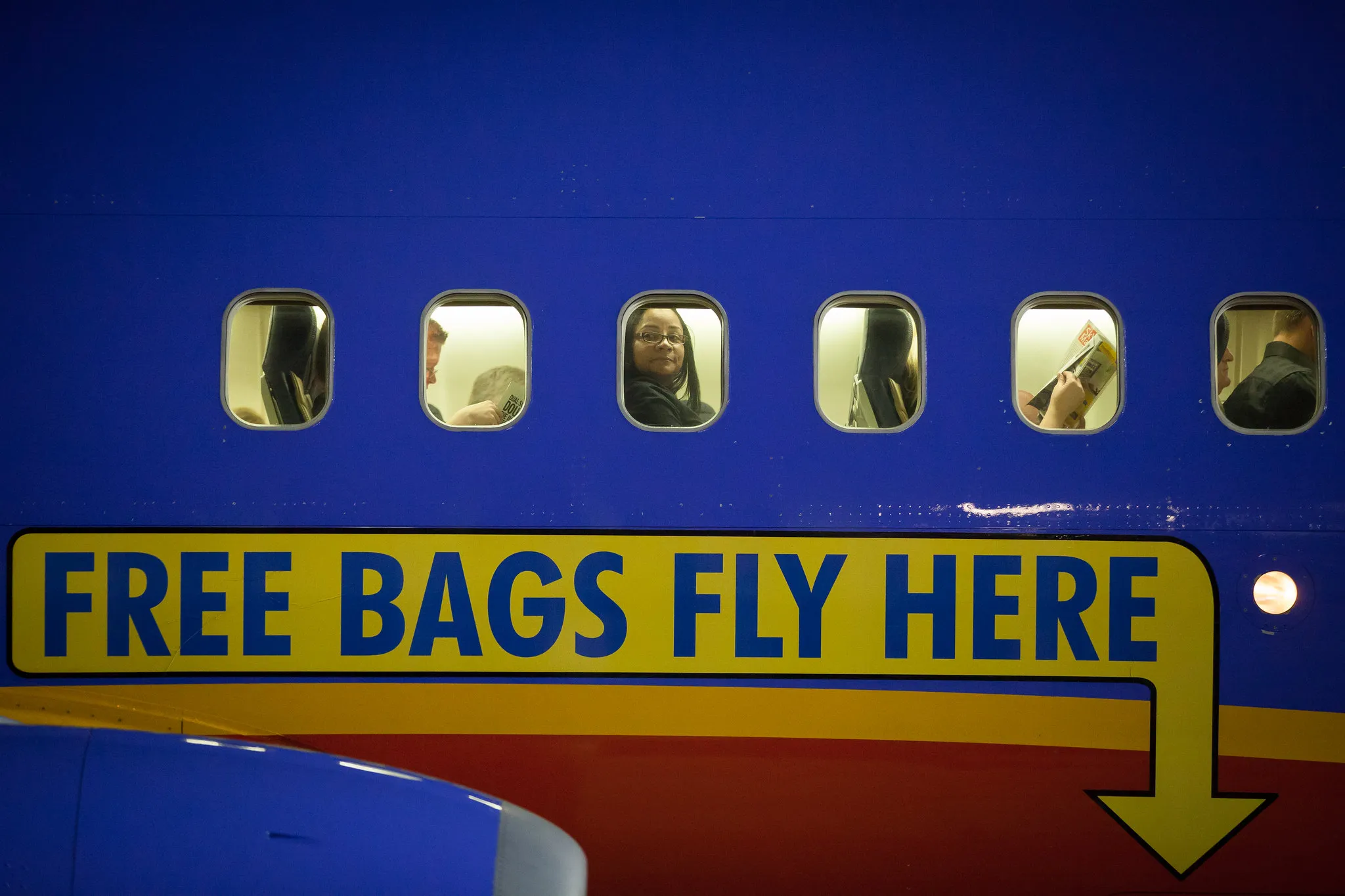We’re Not Designing Airports for People, Dubai Airports CEO Suggests

Skift Take
If you’re tired of trudging through massive terminals to make your flight connections, you’re not alone. Even industry leaders agree that airports have become too big for most people.
At the SITA Air Transport Summit in Brussels, Dubai Airports CEO, Paul Griffiths, shared an alternate vision for tomorrow’s airport design which breaks away from vast airport cities, to airports on a more human scale.
“In my view, we’re heading in the wrong direction,” Griffiths says. “With bigger and bigger airports we get bigger walking distances, less intimate experiences and greater difficulties in customers making connections.” He suggests that no performance statistic is more important to airports than ensuring passengers can “very conveniently and easily connect between flights.”
Griffiths acknowledges that the growing numbers of us who will fly over the next fifteen years——an additional 1.8 Billion people annually in some parts of the world—require an upgrade to infrastructure. But this aviation visionary believes that airports can be right-sized through hub terminal design and modern technology.
Too Big To Fly
Larger airports, he says, have created problems for the people who use them: “more daunting scale, much longer walking distances, greater transit times, and, crucially, more anxiety for our customers.”
Griffiths also suggests that oversized airport cities aren’t designed to deal with inevitable travel complications. “The number of bags that can be left behind when something goes wrong with the baggage system is now is now multiple thousands,” says Griffiths. “The problem is that with demand and big facilities you create horrible things: like queues.”
Griffiths also points to the great expense required to build city-airports. He believes that money is better spent on technology, which facilitates passenger flow, and on the building of more rational infrastructure.
Systems like pre-checking for flights, mobile-checking, kiosks, baggage drop systems, improved digital passport and border controls, advanced security systems and biometrics, when properly applied, Griffiths suggests, will let airports use space more efficiently.
“When you take all of those processes out of the airport environment you create space,” he says. “Remember, the capacity of an airport is determined by the volumetric area that you are deploying and it is also the speed at which you can get people through the facility. If you can double the process rate, you can double the capacity.”
Griffiths is confident that passengers will prefer this alternate airport design.
“It’s what our customers actually want,” he says. “They don’t want to have to go through confusing check-in. They don’t want to go through all of the processes that we put in their way. They don’t want to have to present a physical piece of paper in order to arrive in a country or leave a country. They want us to be far more customer-centric than that. Our drive is to take this opportunity and turn it into something that is going to drive the way the airports of the future will look like. That will meant that the buildings will have to be designed in a completely different way.”
Tomorrow’s Dubai Airport
Griffiths’ theories will be put to the test at the new Dubai Airport, currently in its planning stage. The airport expects a massive increase in overall passenger numbers.
“We are in the midst of the design of a completely new airport whose ultimate capacity will be 240 Million annual passengers,” Griffiths says. “It’s a massive size: 140 square kilometers [54 square miles]. That’s 19,200 soccer pitches by comparison, and it’s ten times larger than my existing airport.”
While the new airport will be large in overall area, it will be broken up into manageable, scalable nodes, rather than a massive single structure.
“We’re going to deliberately not build enough physical capacity by today’s standards,” says Griffiths. “This is in the interest of pursuing this idea of customer-centricity. What we’re actually going to be doing is looking at a completely different model. The model will be designed around those physical limitations of the human body.”
These human limitations, Griffith says, are addressed with the design of scalable hubs. “Instead of building what will ultimately be a massive airport for 240 Million people, we’re actually going to build twelve airports, each of 20 Million capacity.” The project would start with “four nodes of 80 Million, or six nodes of 120 Million, and gradually develop.” These hubs will be identical and self-contained.
Technical Footprint
“This is all enabled by technology,” Griffiths says, “if you try to connect the journey and you have twelve hubs to choose from, you clearly don’t want to arrive in the corner of one hub and then have to go what will be a journey of nearly eight kilometers to a car-park. If we apply technology on a dynamic daily basis, we will optimize the allocation of our flights so that we can connect as many people as possible through the same hub. [Then] we have dramatically improved the utilization of the airport. We’ve dramatically improved the connectivity, and we’ve created an environment where nobody will have to walk any more than 400 meters from one plane to the next.”
The technology implemented at Dubai’s future airport will also focus on way-finding, travel information, and revenue opportunities through retail and services—common themes at the ATIS Summit.
“We’ve got to get smarter, within the supply chain, between airlines, between technology providers, between airport ground handlers,” Griffiths says. “We’ve got to whisk people through the airport without queuing, without wait time. Entice them with the best possible commercial offers, work with the airlines to ensure that we’re using that journey in the air to tantalize people with what they can expect on the ground.”
Betting Small is a Big Win
Griffiths is confident of his alternate vision of tomorrow’s airports, as people-friendly spaces.
“Simple, intuitive airport design on a manageable scale is what we’re setting out as our vision of the future, which will be replicated in multiple times,” he says. “It’s what customers want. It’s what airlines want. I believe it’s what everybody should want.”
As to why Dubai wants it, the answer from Griffiths is simple: “In the future, we’re going to be connected, all six continents of the world, through Dubai, in massive scale.”




